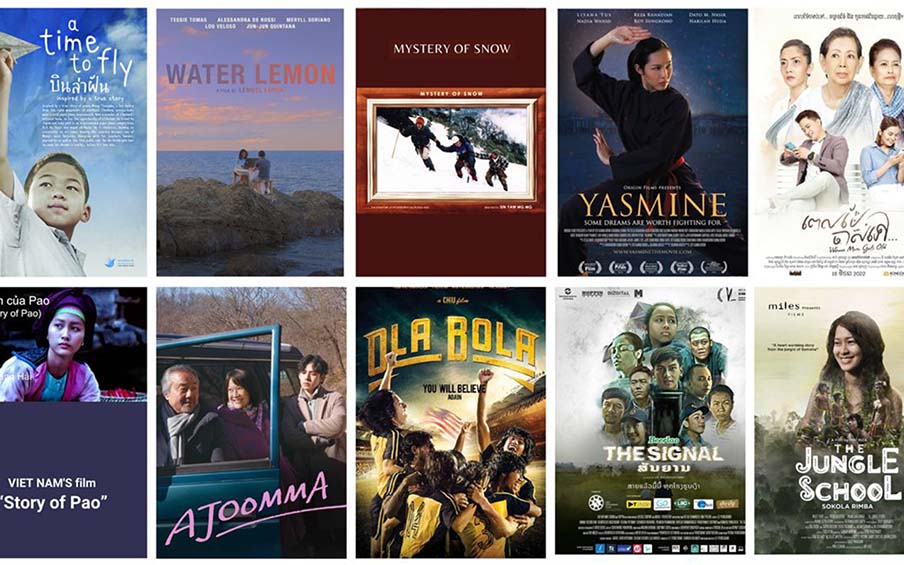Mya Thae (Research)
Norman Rockwell created some of the most iconic images of 20th-century America. His paintings, such as the “Four Freedoms series from World War II” and “The Problem We all Live with from the Civil Rights Movements, were intended to evoke the best in people who saw them: hope, solidarity, courage, justice. Besides, they intended to get peace, love and joy. Moreover, they intended to live without worry. Much of his work also inspired happiness, capturing scenes of light-hearted joy. His work helps him gain confidence and courage to face the difficulties.
And yet Rockwell himself struggled with happiness. In 1953, he moved to a small, rural town, not for its natural beauty and peace but because it was home to a psychiatric hospital where he and his wife could receive treatment for chronic depression. There, he was a patient of a famous psychoanalyst, with whom Rockwell racked up large bills.
That a man with such significant happiness problems would be known for painting images of undeniable happiness might seen as iconic. In truth, it’s not strange at all. Research shows that you can bring joy to others even if you’re unhappy and that doing so is a reliable way to improve your well-being. So, you try to get away for happy. Think out the happiness things several times. Don’t think about unhappiness matters.
The key is to act like a happy person, even if you don’t feel like it. In 2020, researchers at the University of California at Riverside asked people to behave in either extroverted or introverted ways for one week.
Those who purposely acted extroverted, which decades of research have shown is one of the most common characteristics of happy people, saw a significant increase in well-being. Meanwhile, acting introverted led to a decrease. So, try to be happy people.
Similarly, spending money on others and volunteering have been shown to raise one’s own happiness levels. Singing songs is one of the ways to get happiness.
One plausible explanation is that prosocial behaviours induce cognitive dissonance. I feel unhappy, but I am acting unhappy – which people resolve subconsciously by feeling happier. Psychologist Richard Wiseman calls this the “As If Principle”: if you want to feel a certain way, act as if you already do, and your brain will grant that feeling, at least for a while.
This is not a substitute for traditional medical treatment for depression, of course. Rockwell was in formal therapy most of his adult life. But his happy paintings were clearly part of his treatment. Rockwell’s biographer, Deborah Solomon, states, “He was painting his longing”. Playing sports and other games also brings happiness.
Even if not literally, you can use the Rockwell formula to bring joy to yourself and the people around you when you are down. First, think about what happy people in your situation would do to improve things for themselves and others.
How would they greet someone on the first call of the day? How would they call just to check in? If you are stuck, ask happy people you know about what they do for others.
Next, make a plan to follow through on everything you just imagined. Write three ideas for extra-king greetings on some note paper and consult them before making a phone call. Draft a sample email in the voice of a happy person and use it as a template.
By deliberately preparing yourself to cheer up the people around you the way a happy person would, you’ll create the conditions by which you can produce your own happiness naturally – and give the gift of joy to others as well. You will eventually produce your own happiness by behaving like a happy person. Moreover, you will get happiness by watching humourous films and writing poems and short stories also give you pleasure and enjoyment. When your manuscripts are published in a journal, you will be happy.
This happiness is not like other happiness. Your heart shakes when you see your poems and short stories are published in journals, magazines, and newspapers.
To create happiness, you listen to Sayadaws’ sermons, meditate, sympathize, be kind, help poor people be pious, and participate in religious activities. These not only give you happiness at that moment but also are good for several lives. This way is the best of all to be happy.
Reference: The Atlantic











